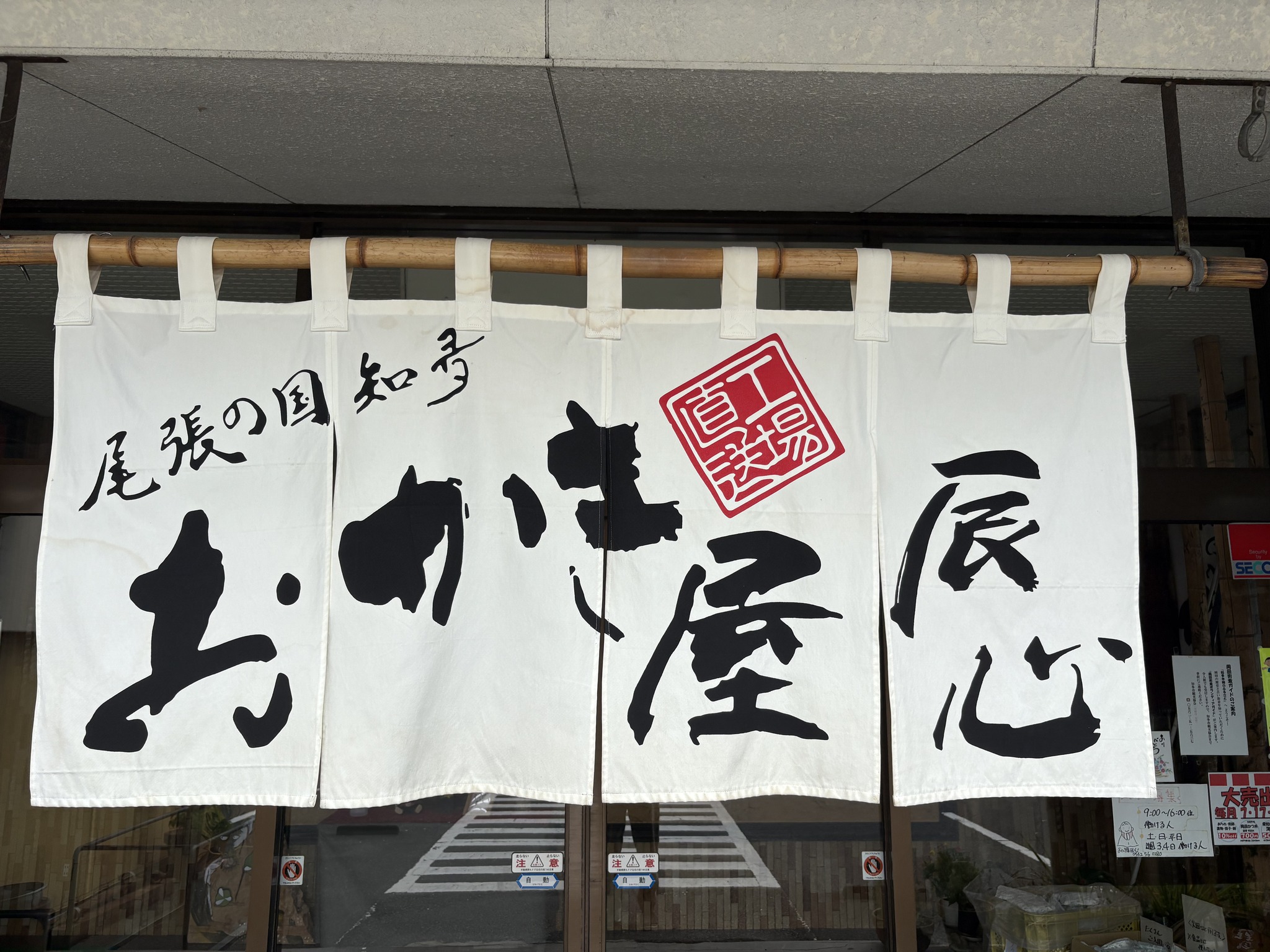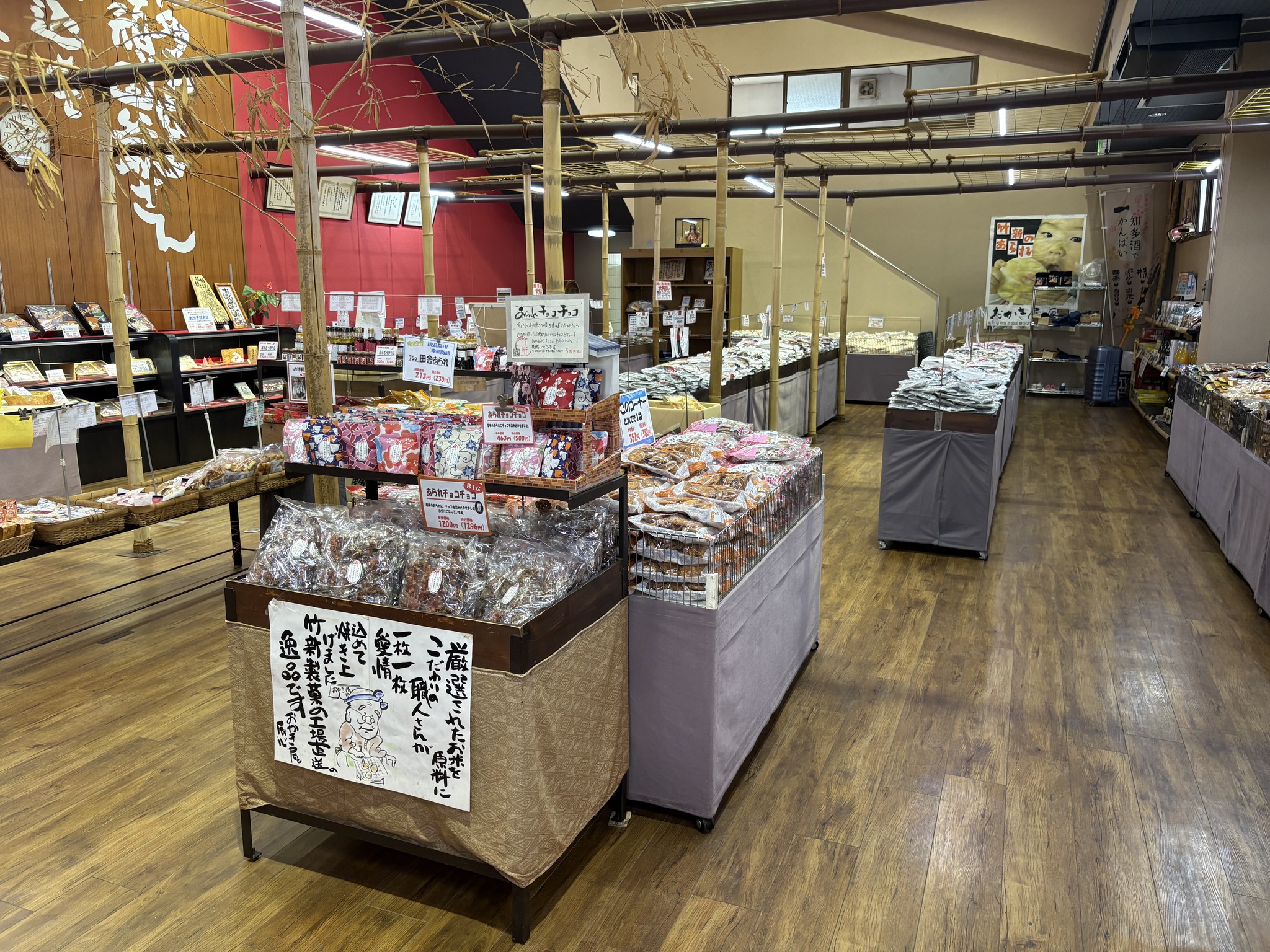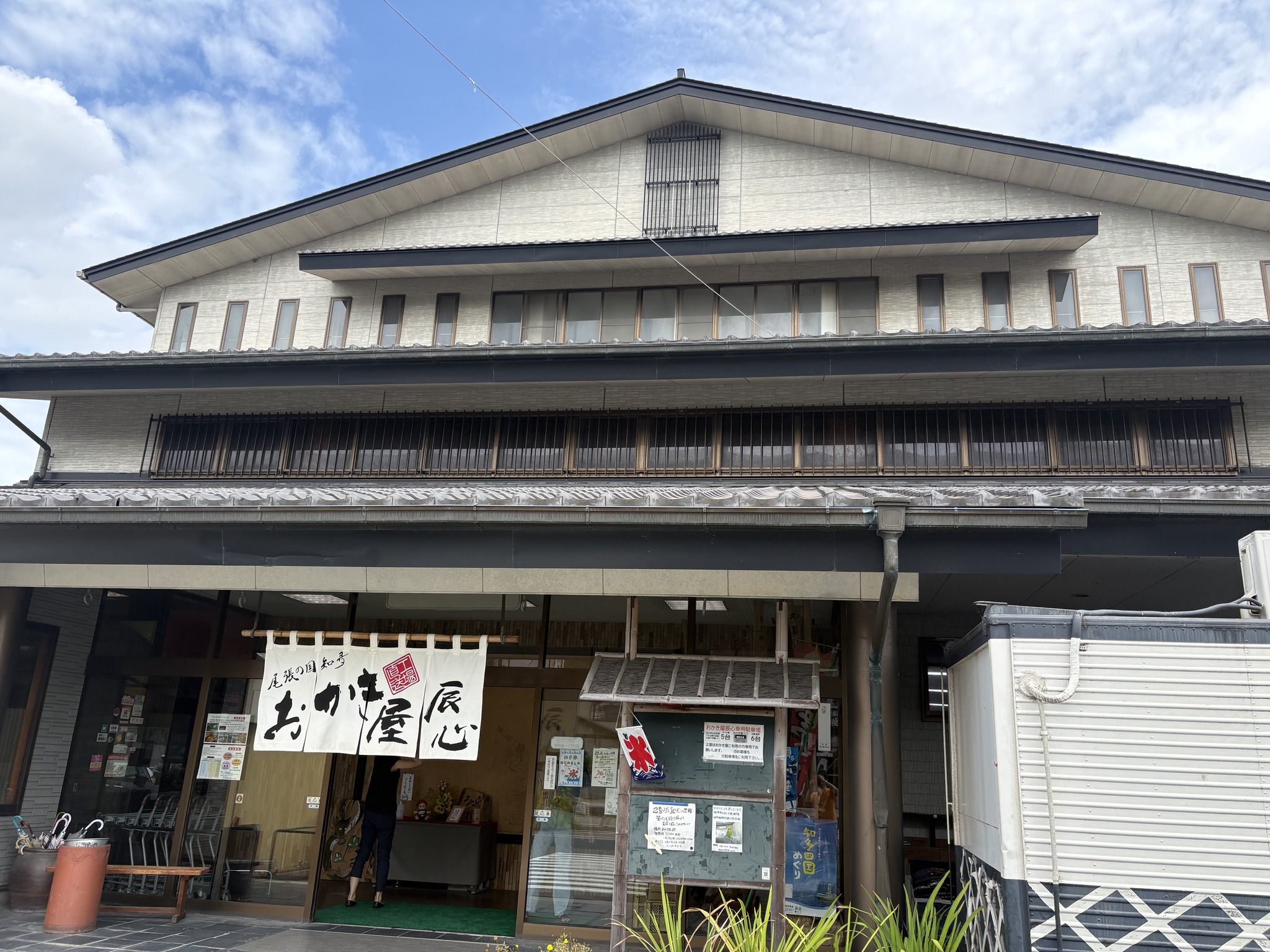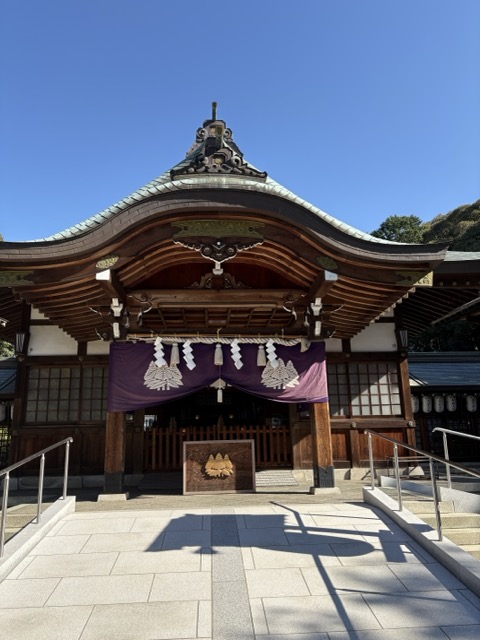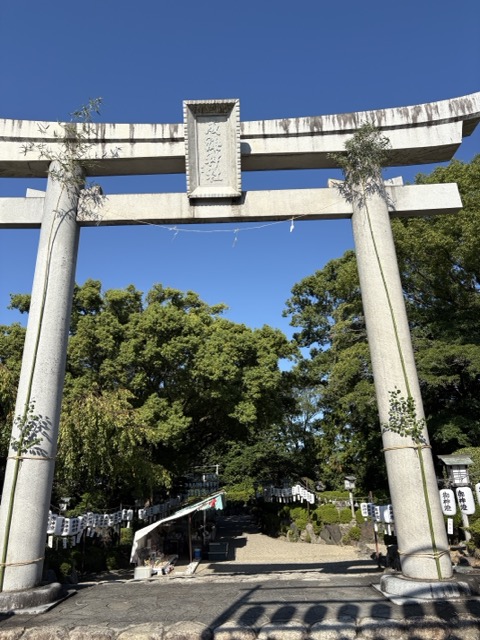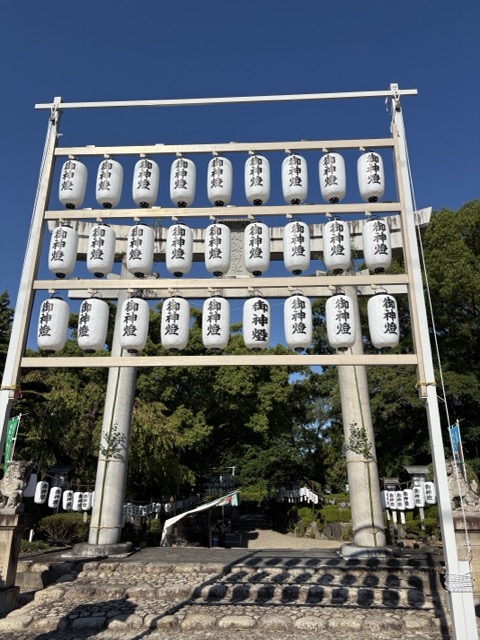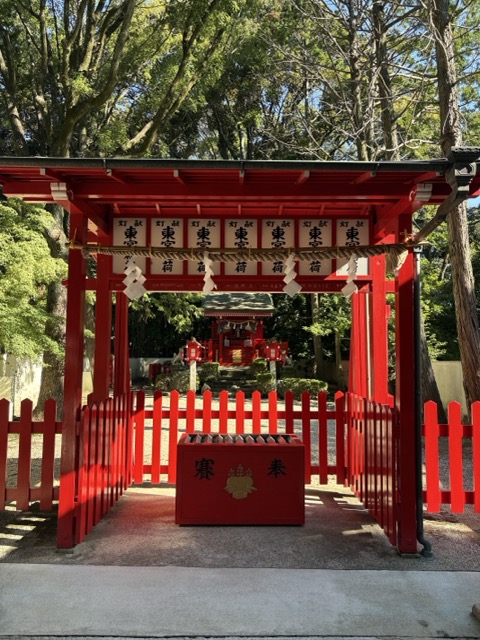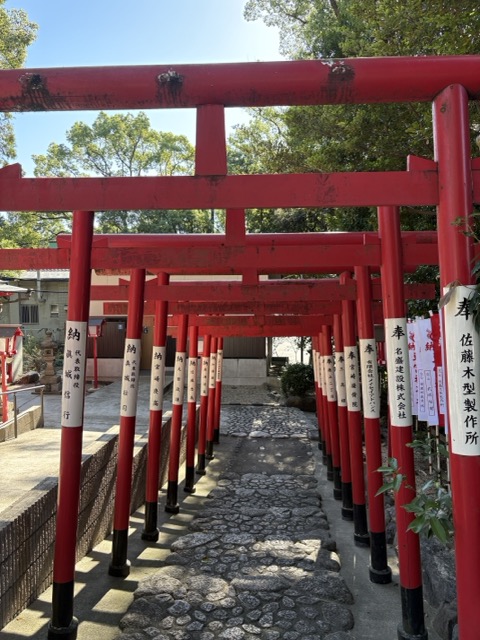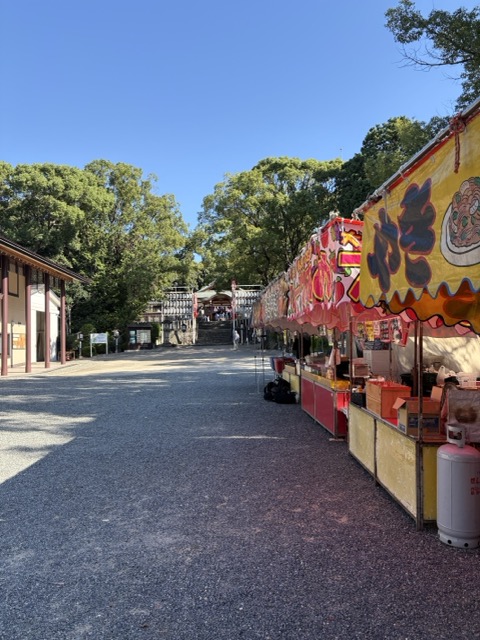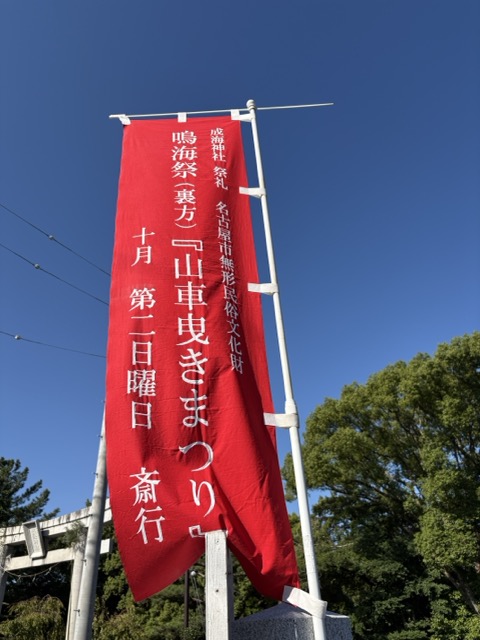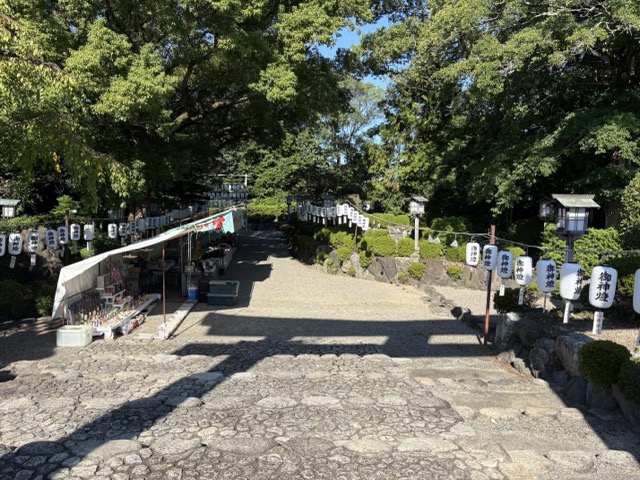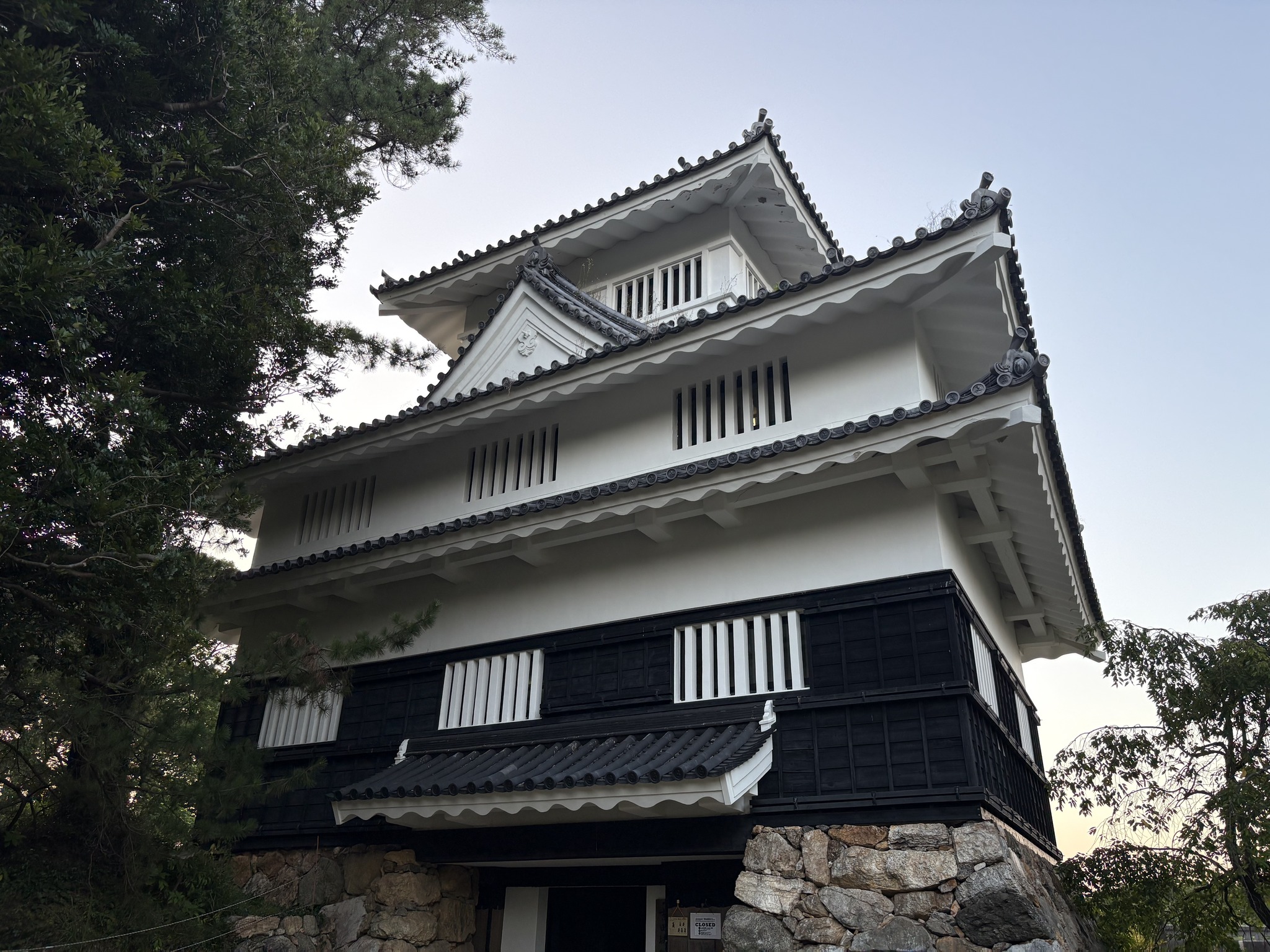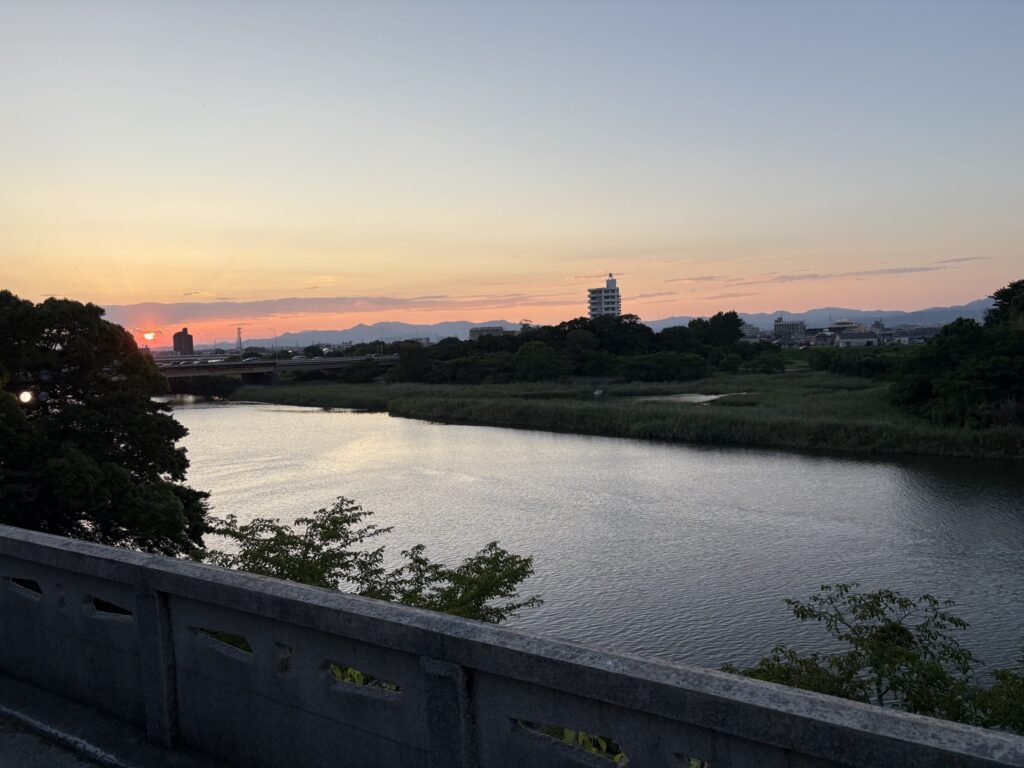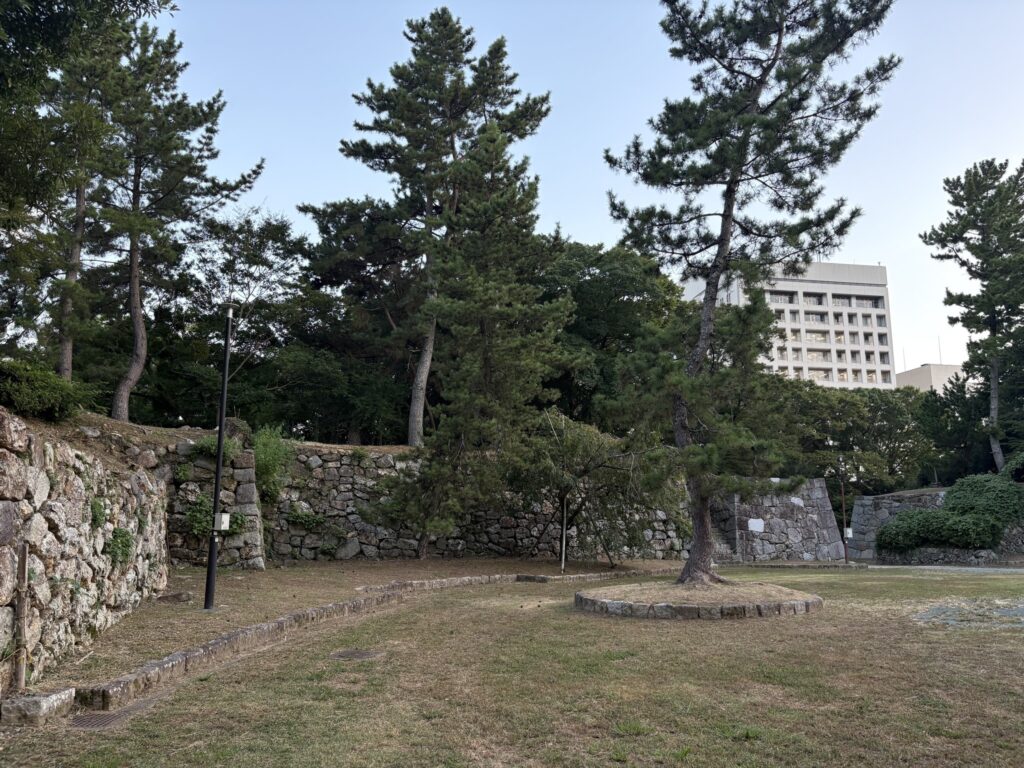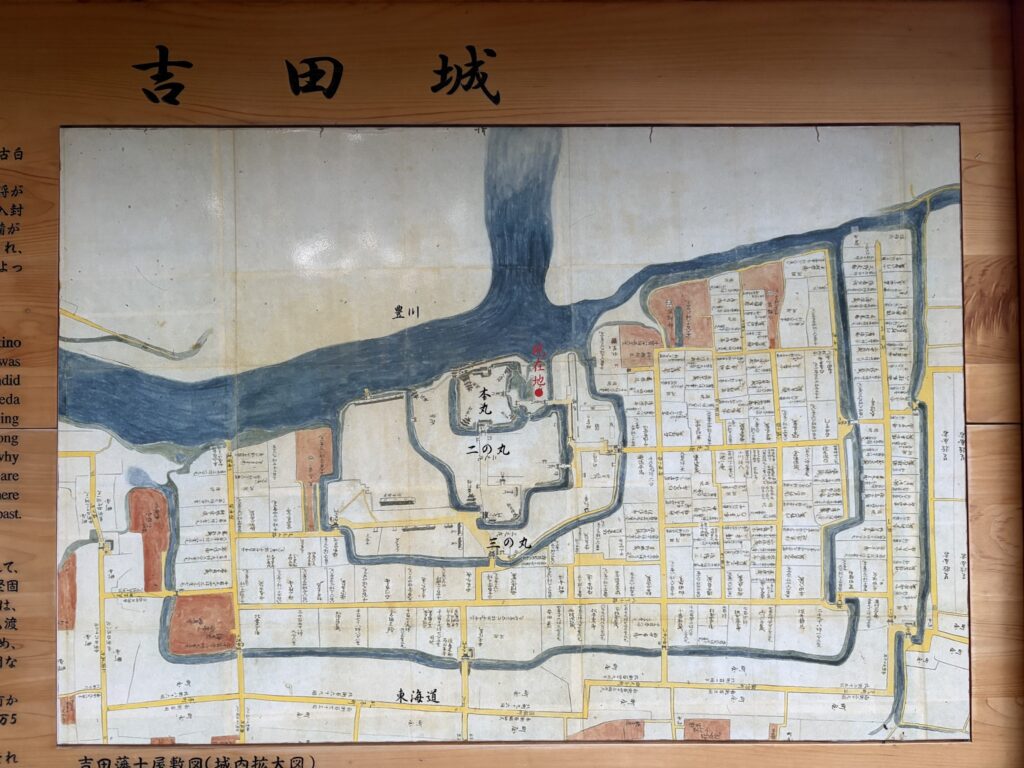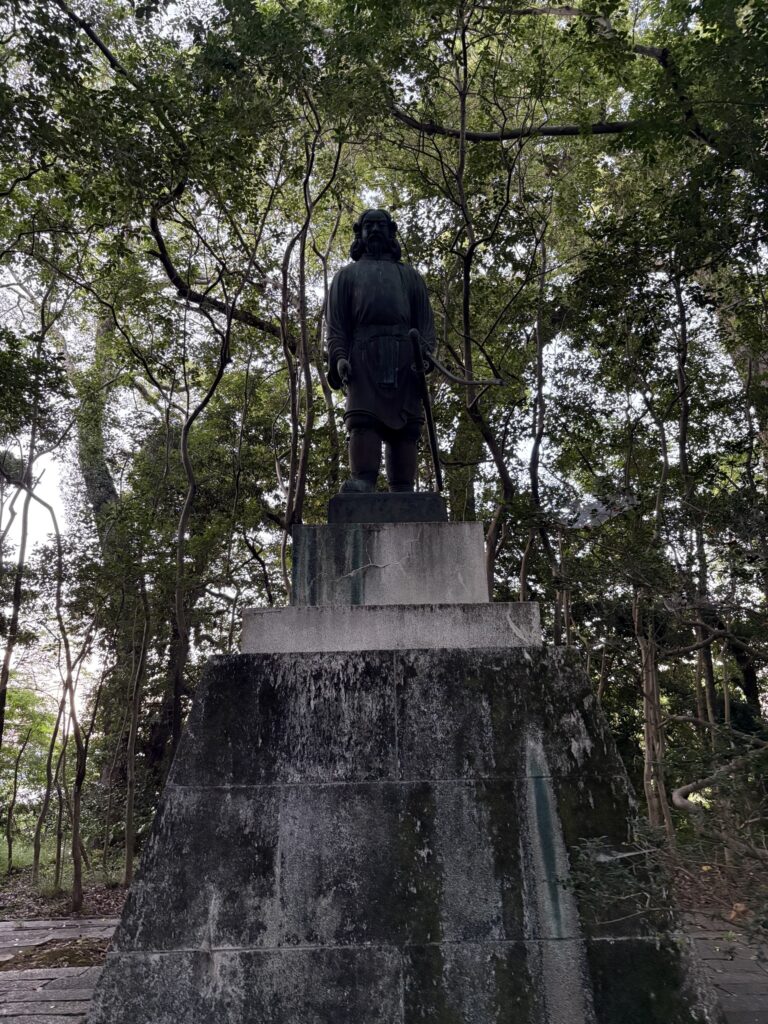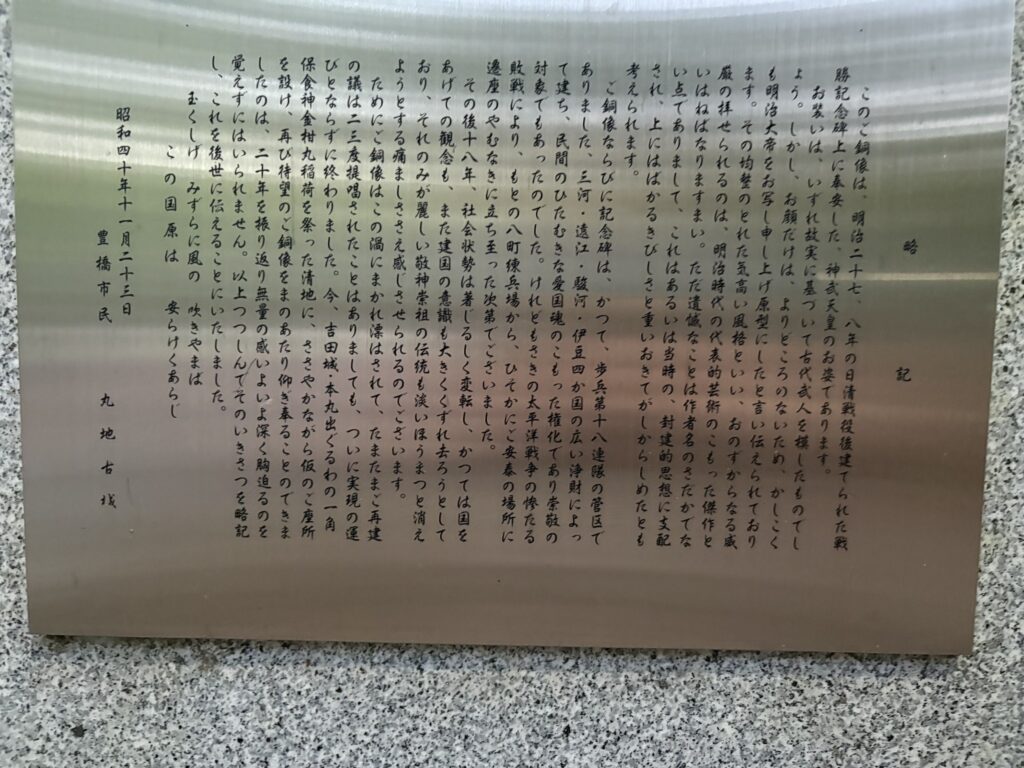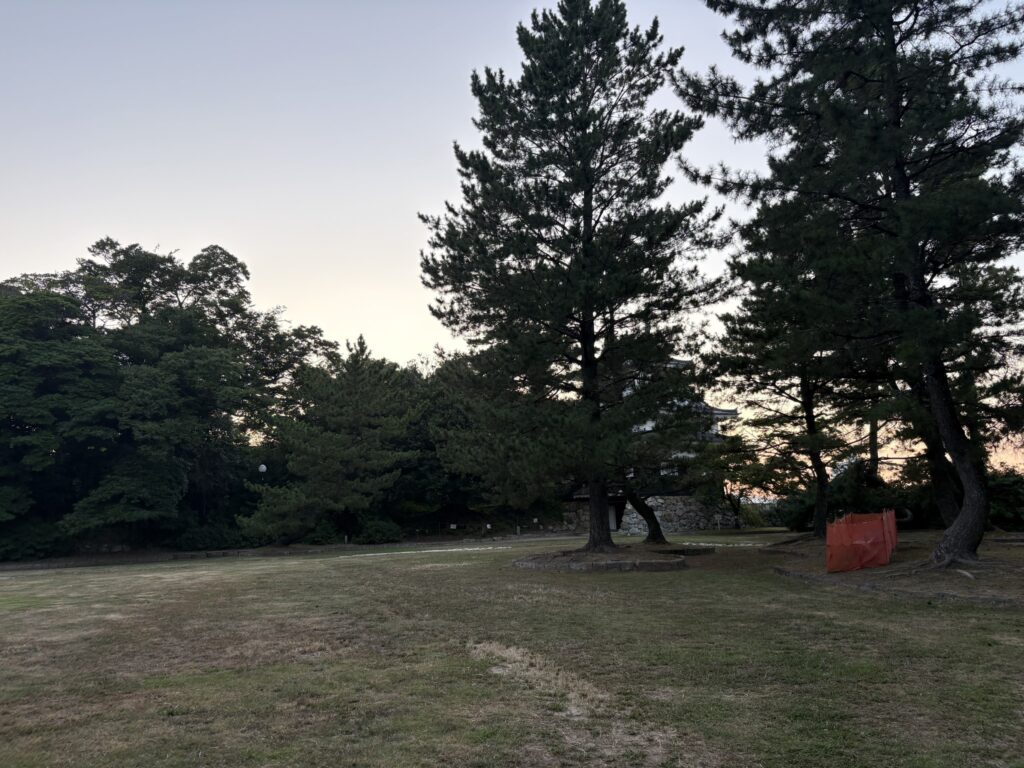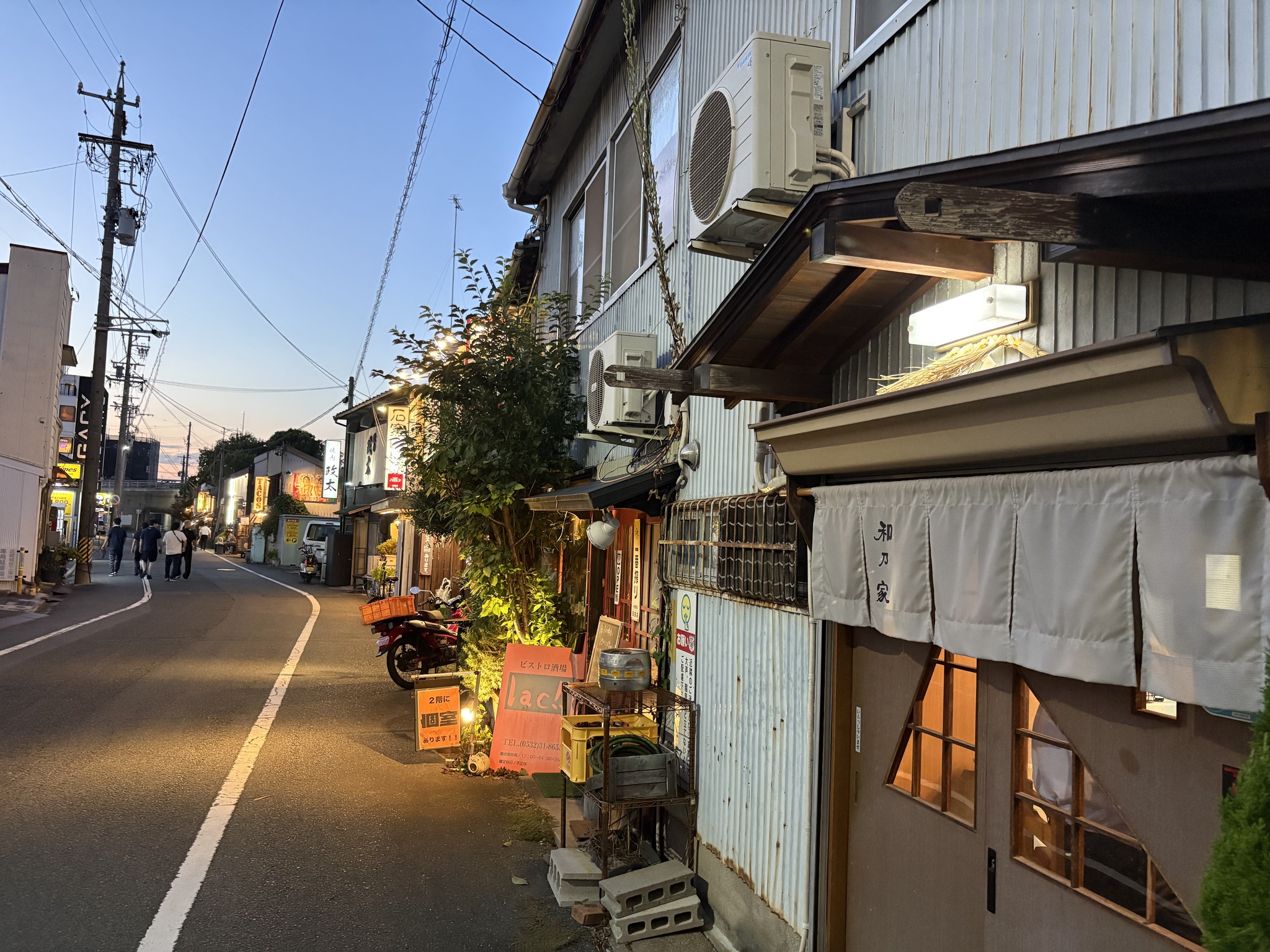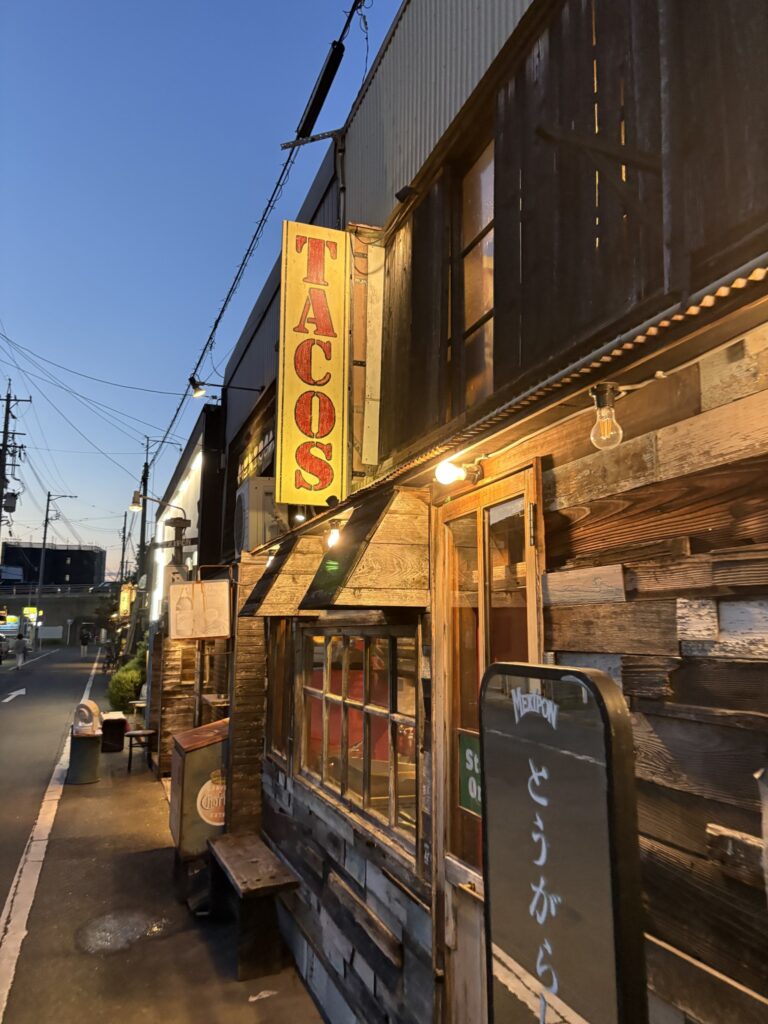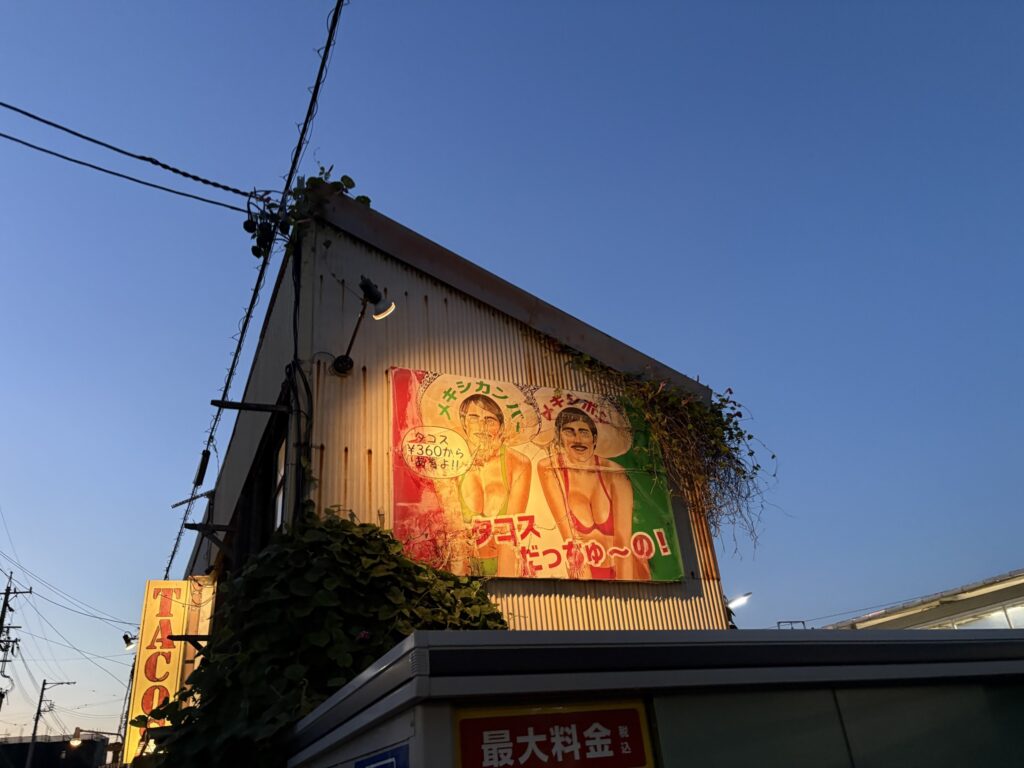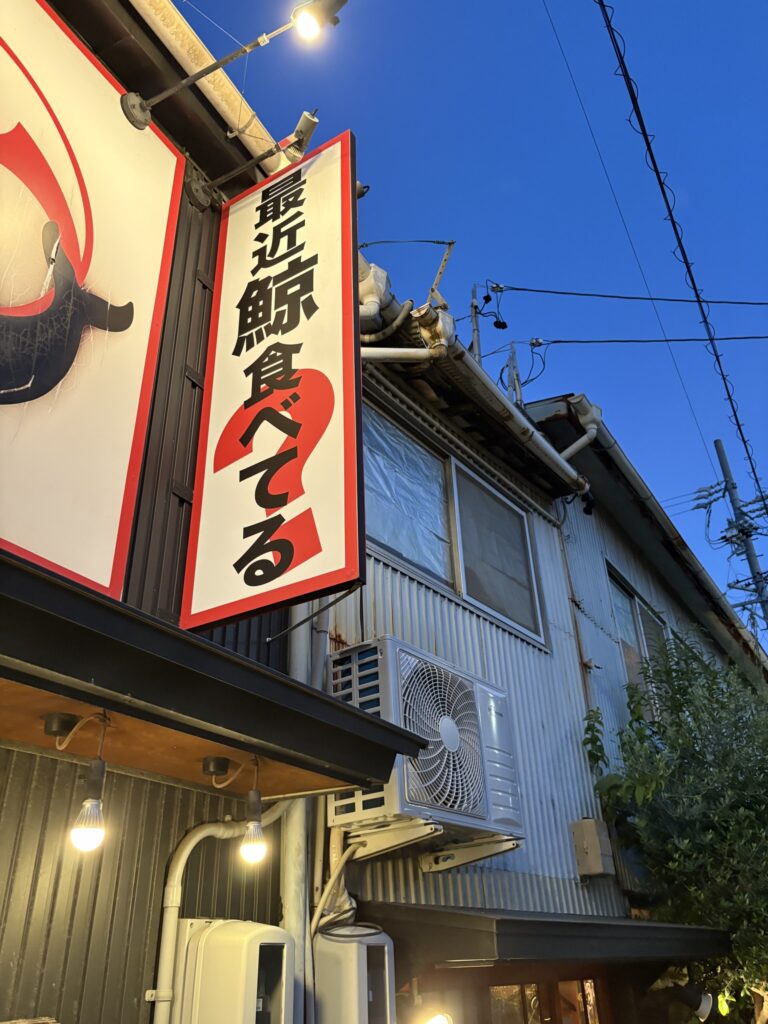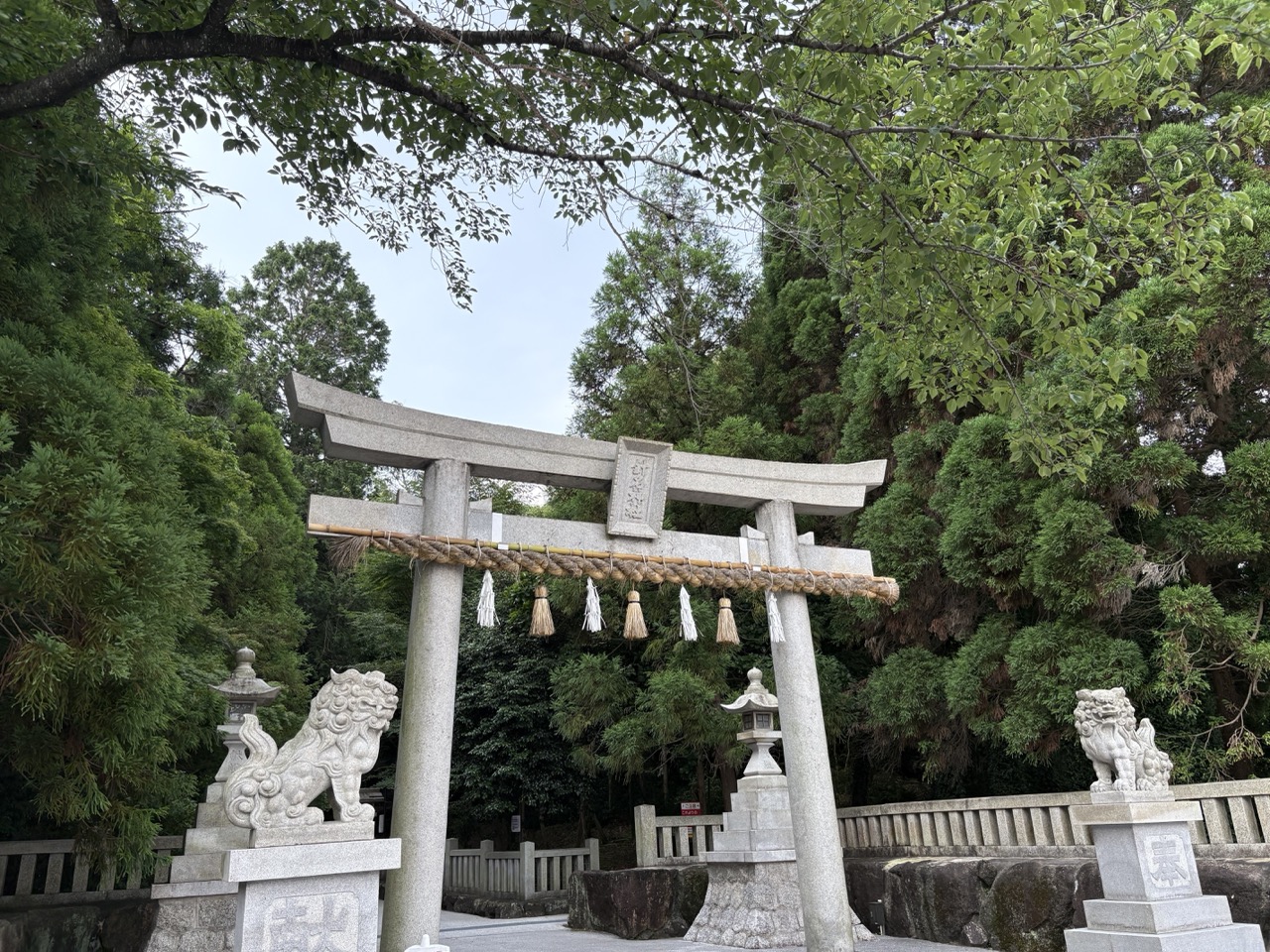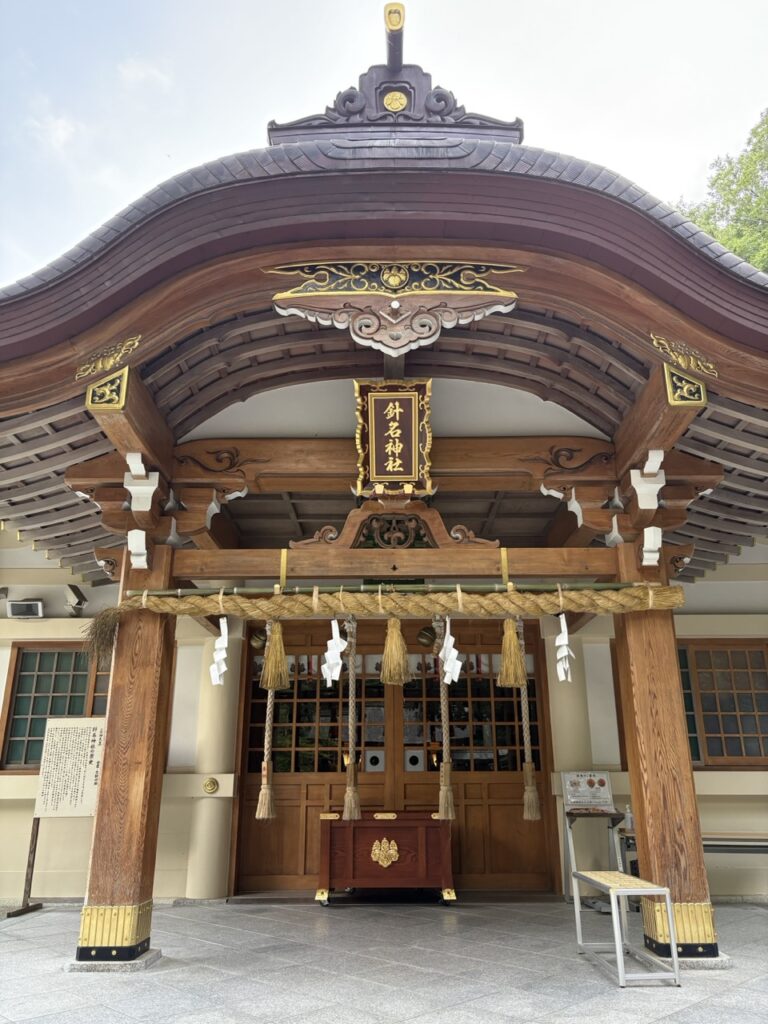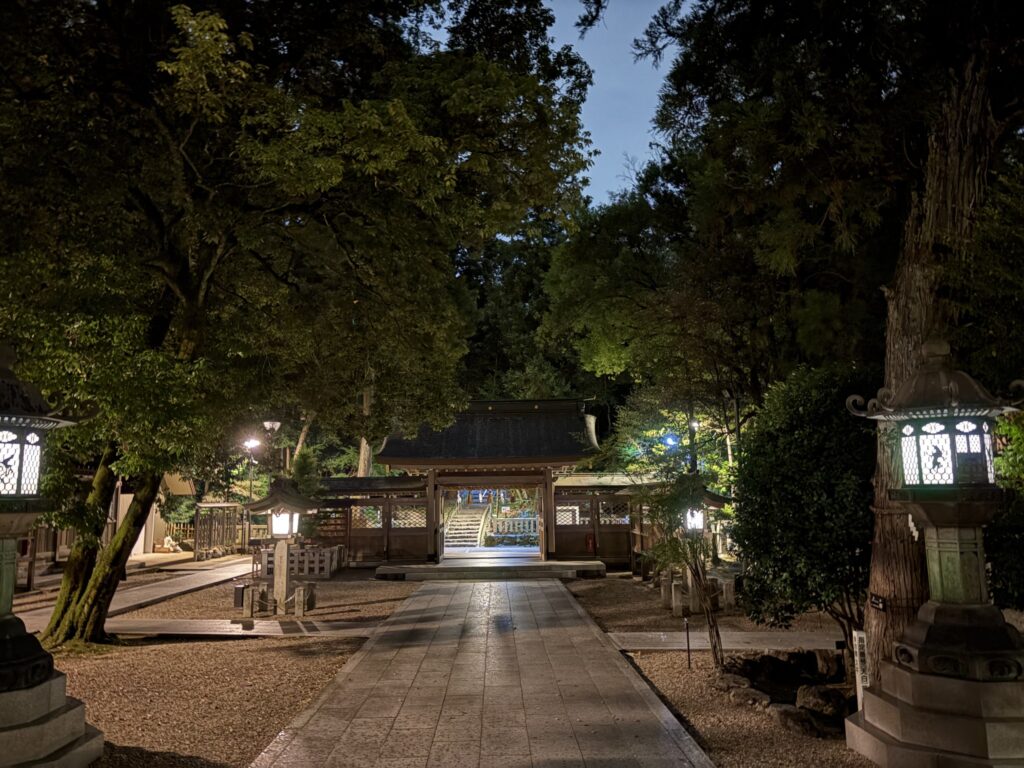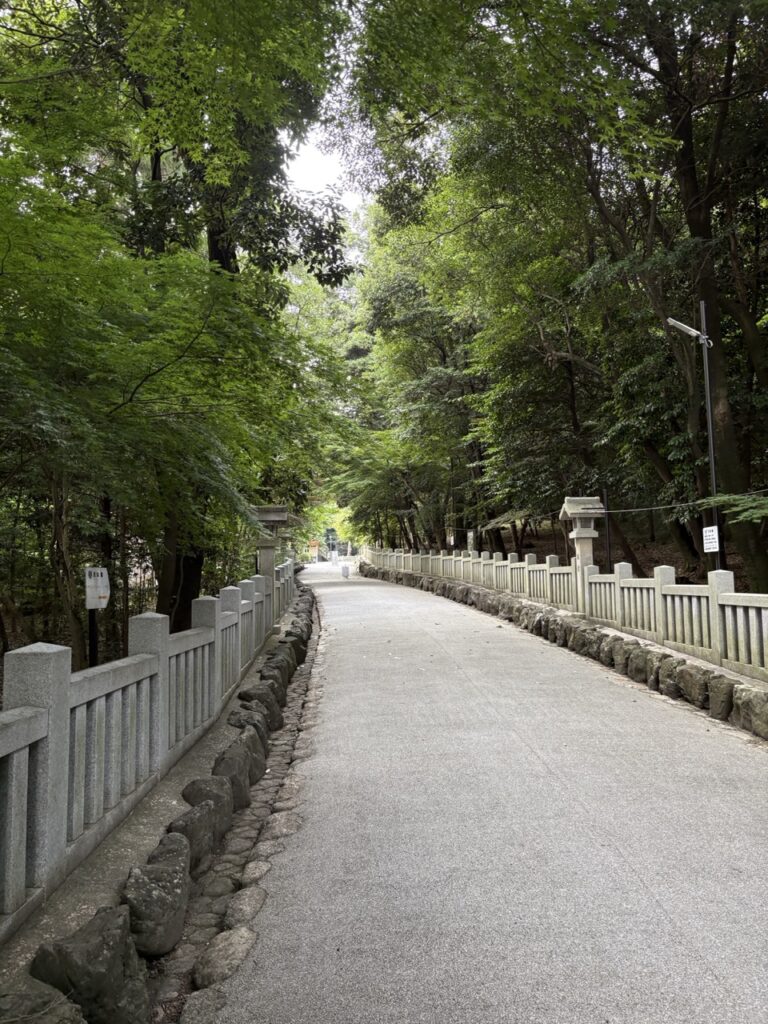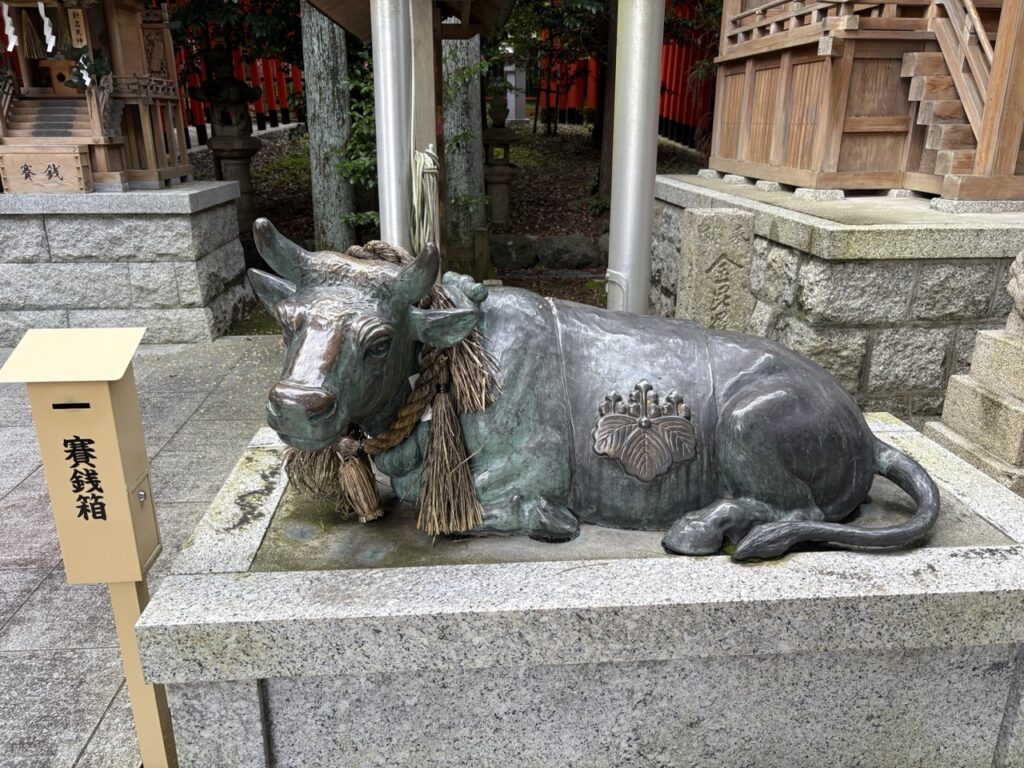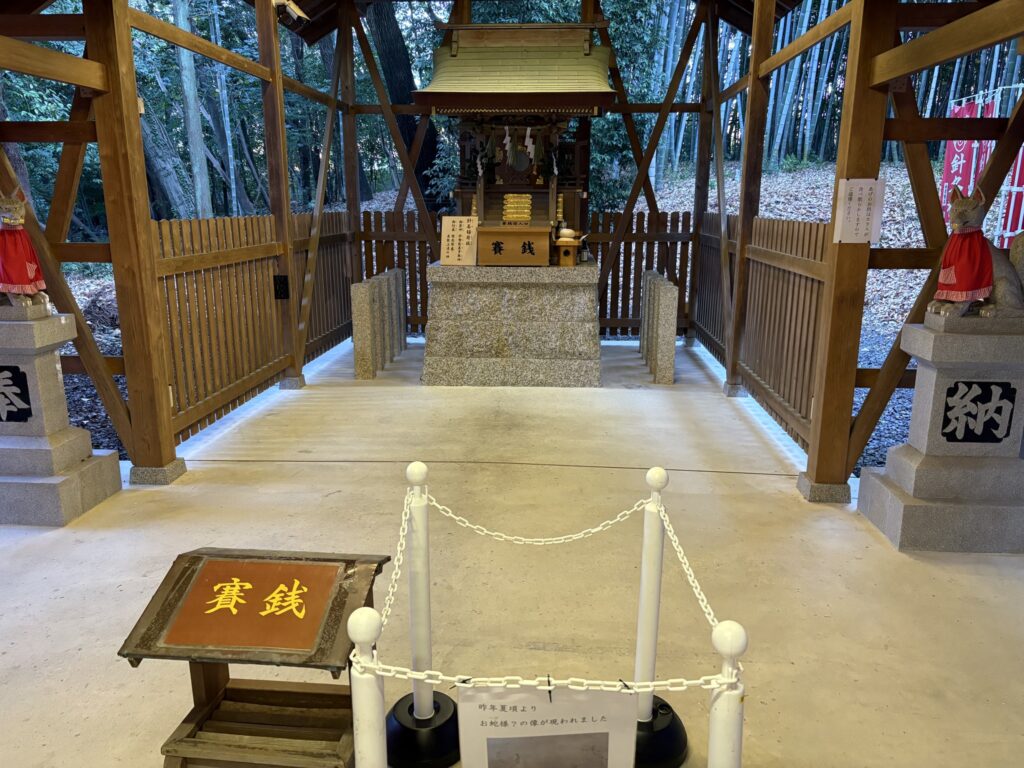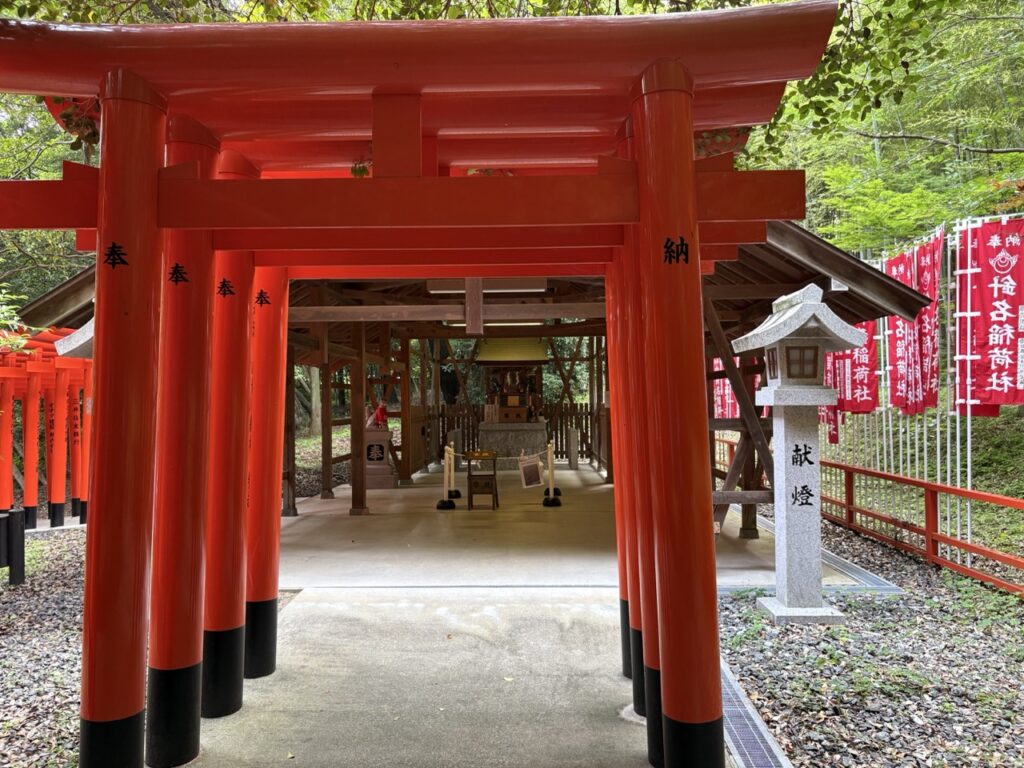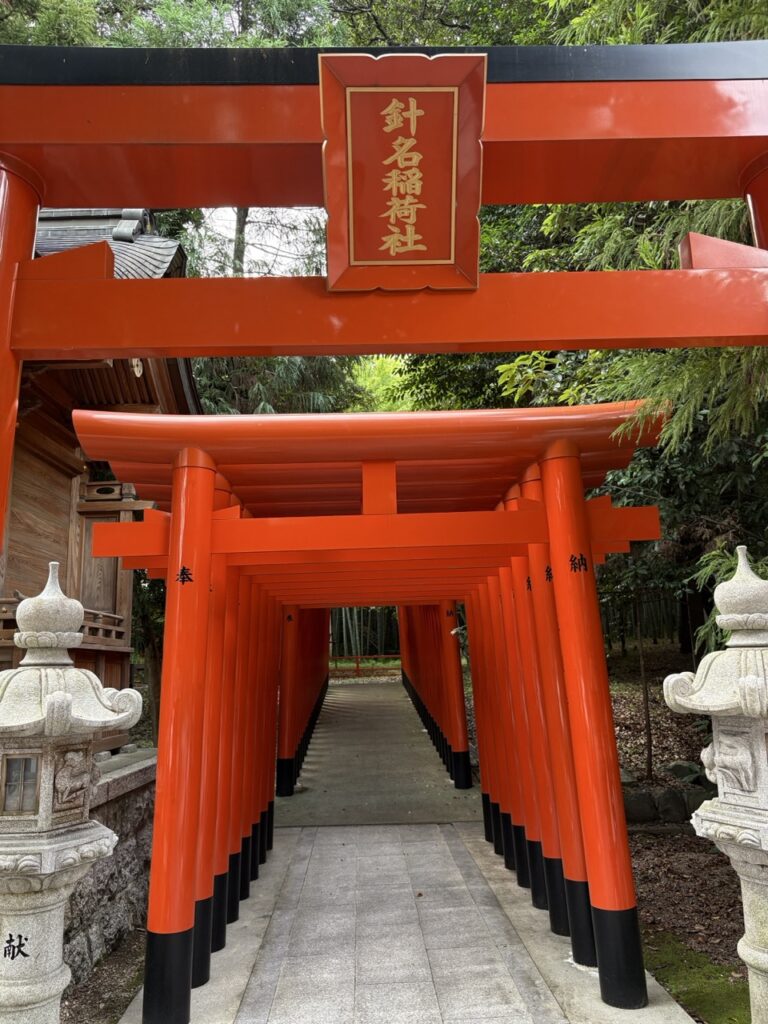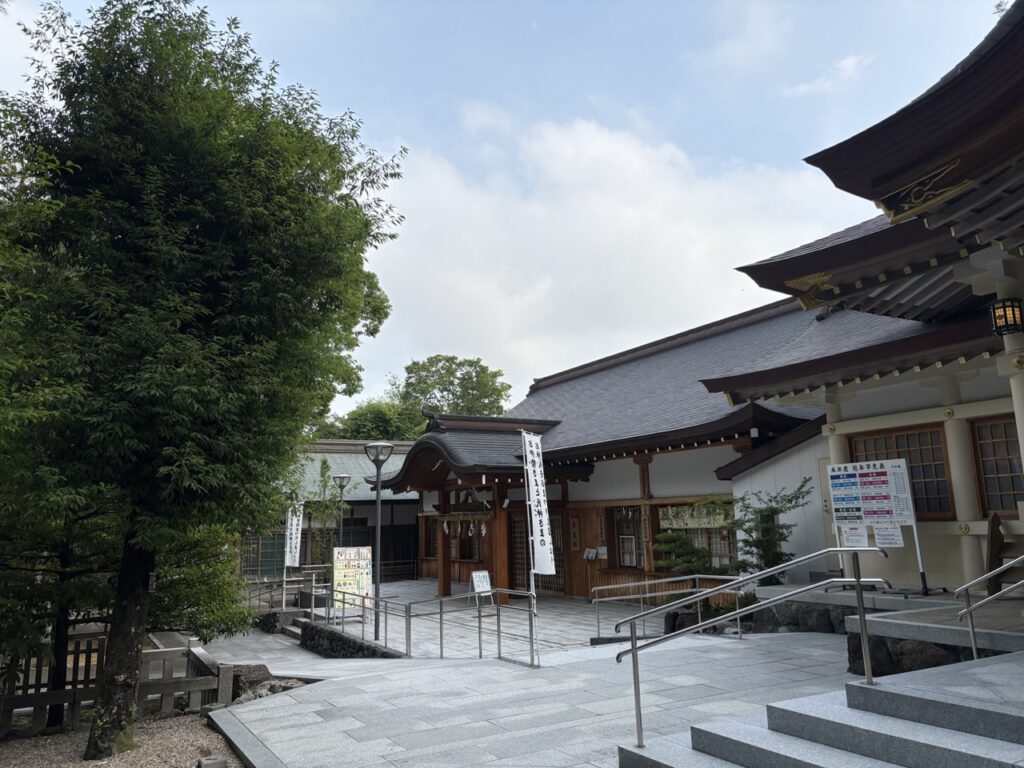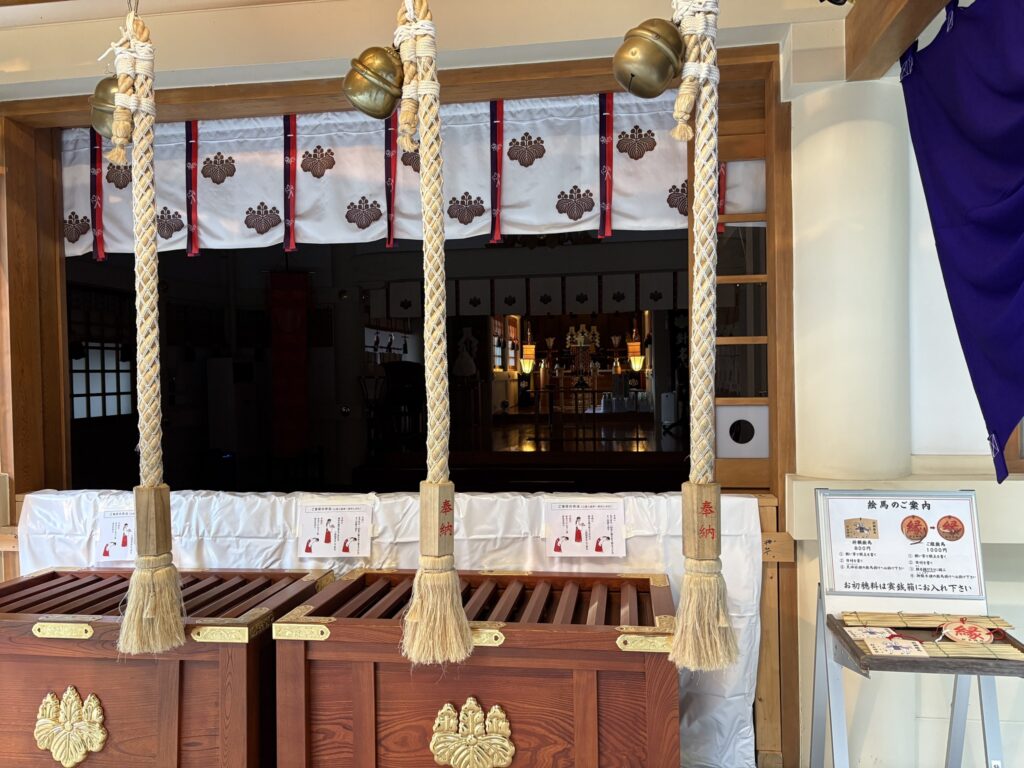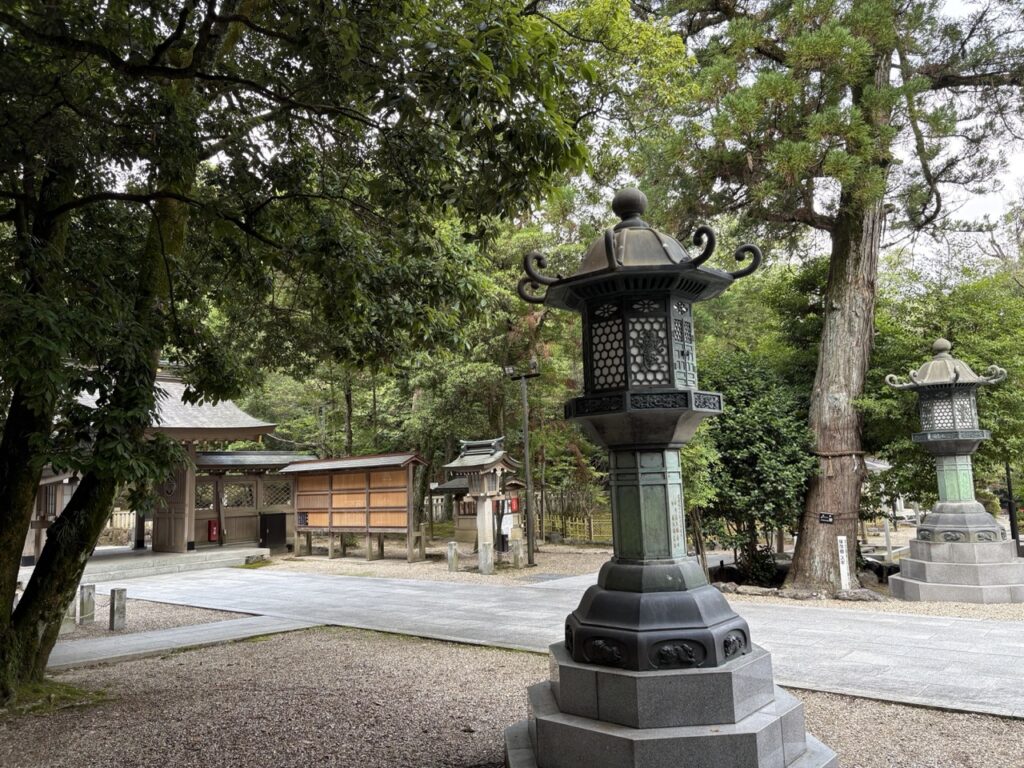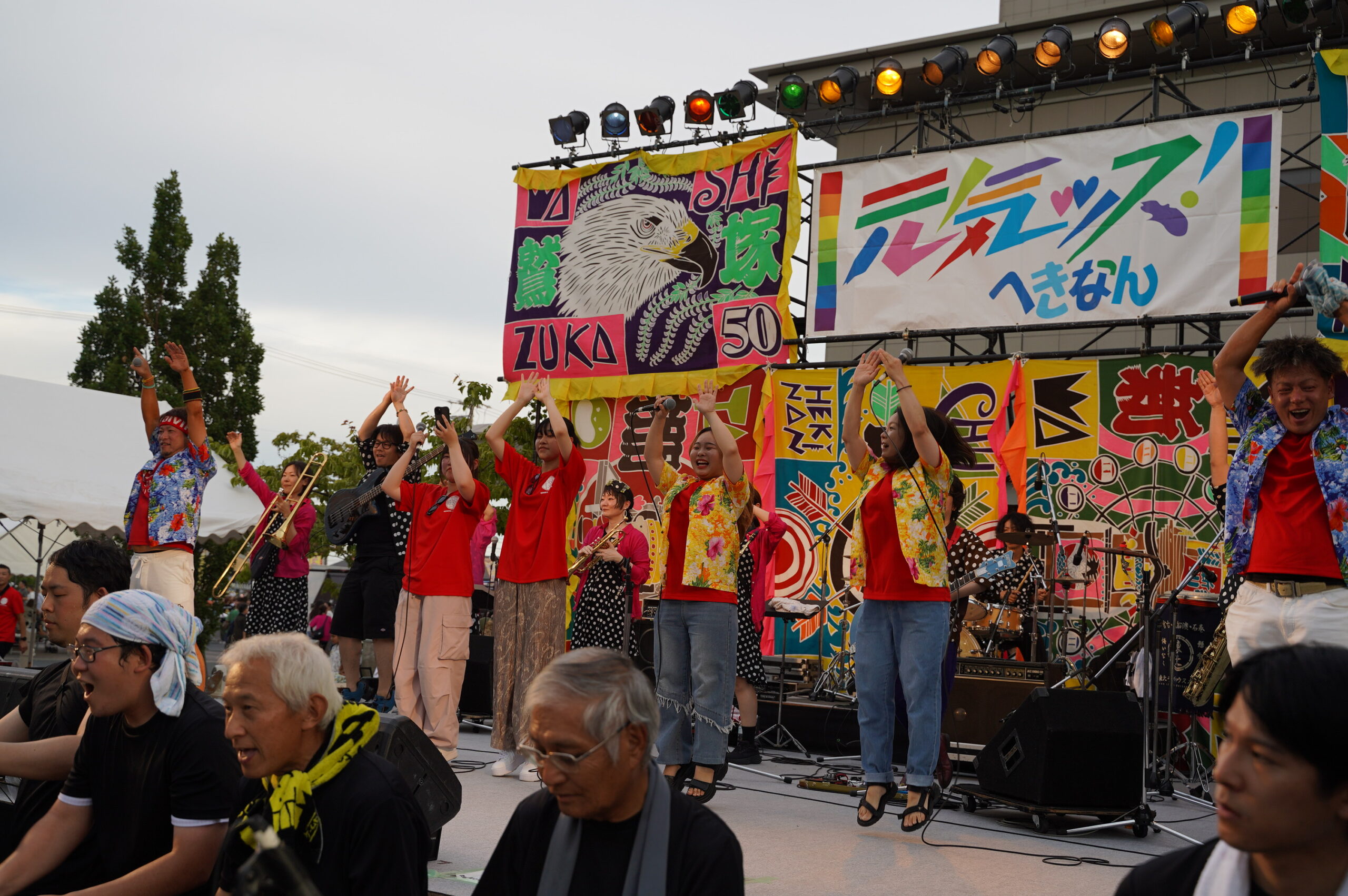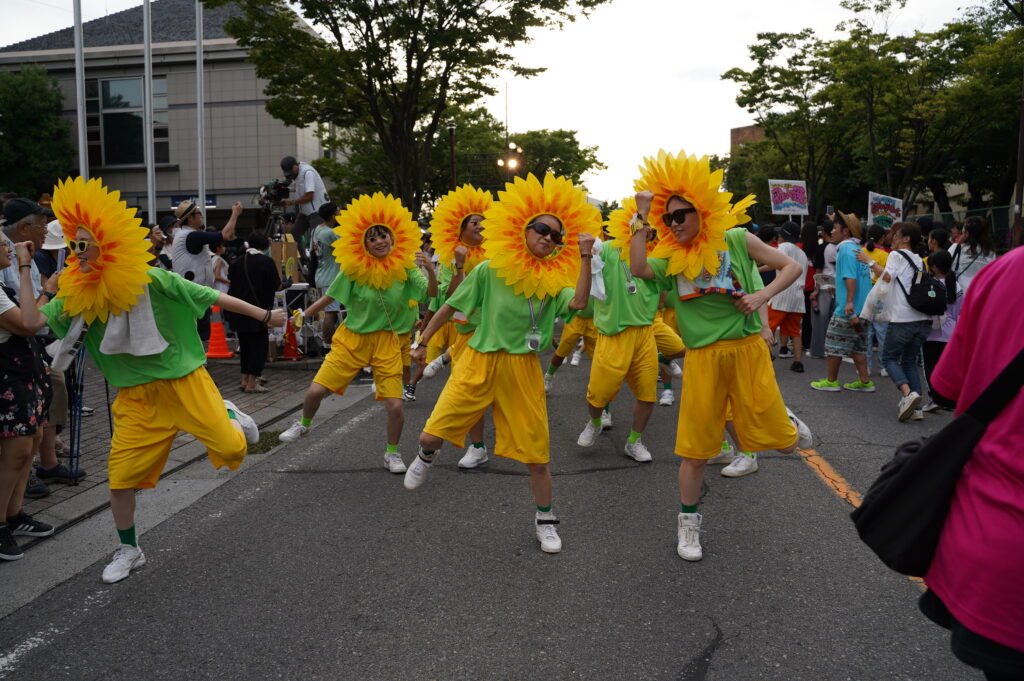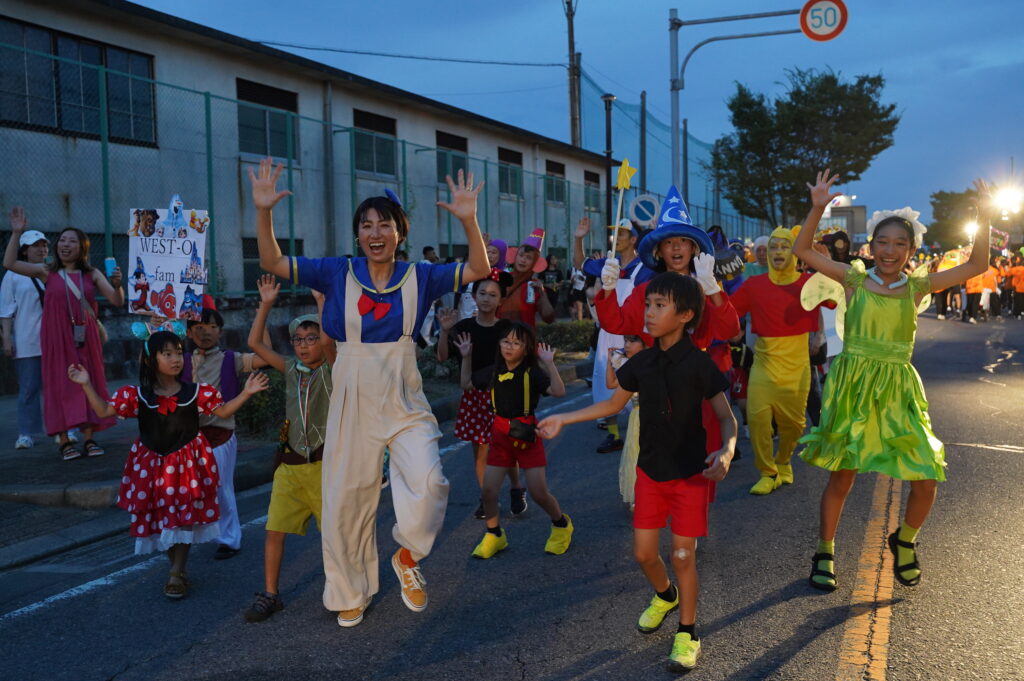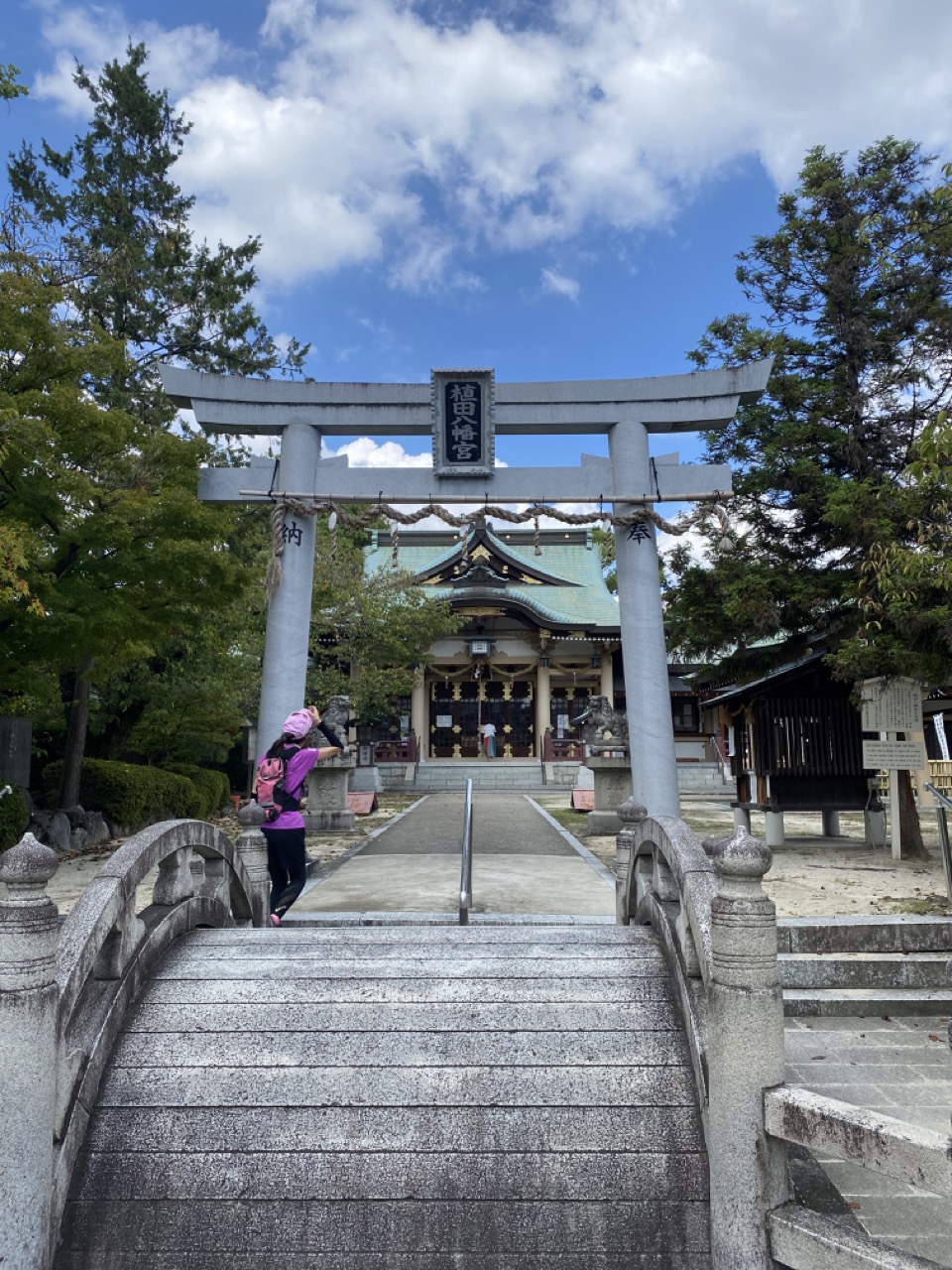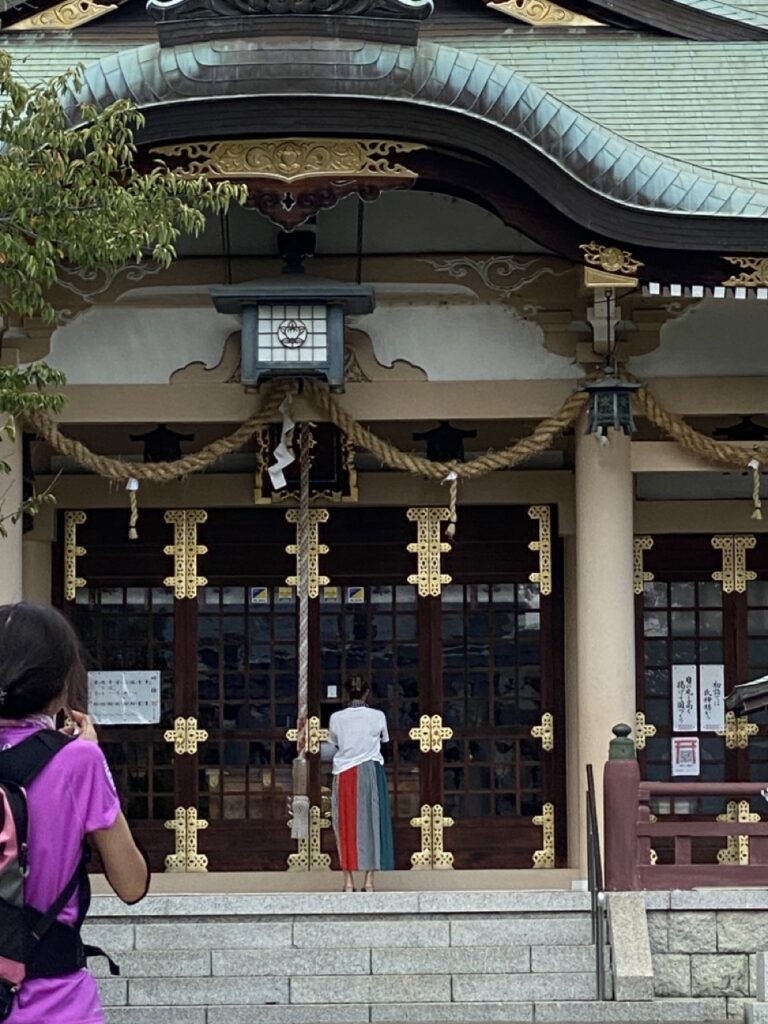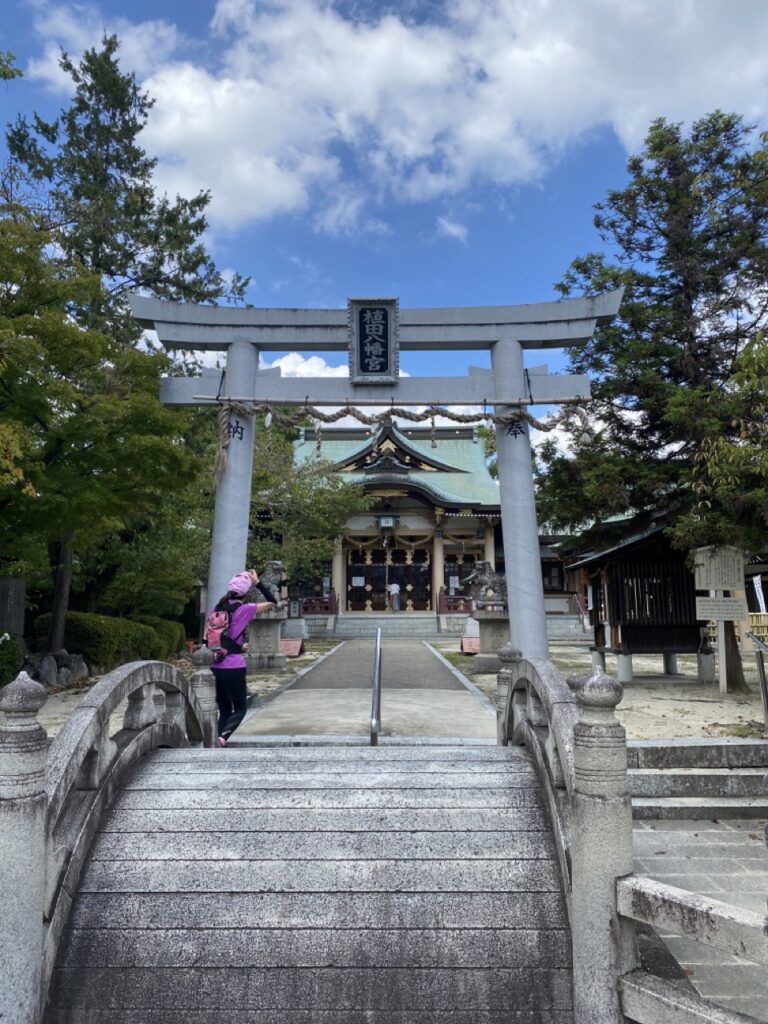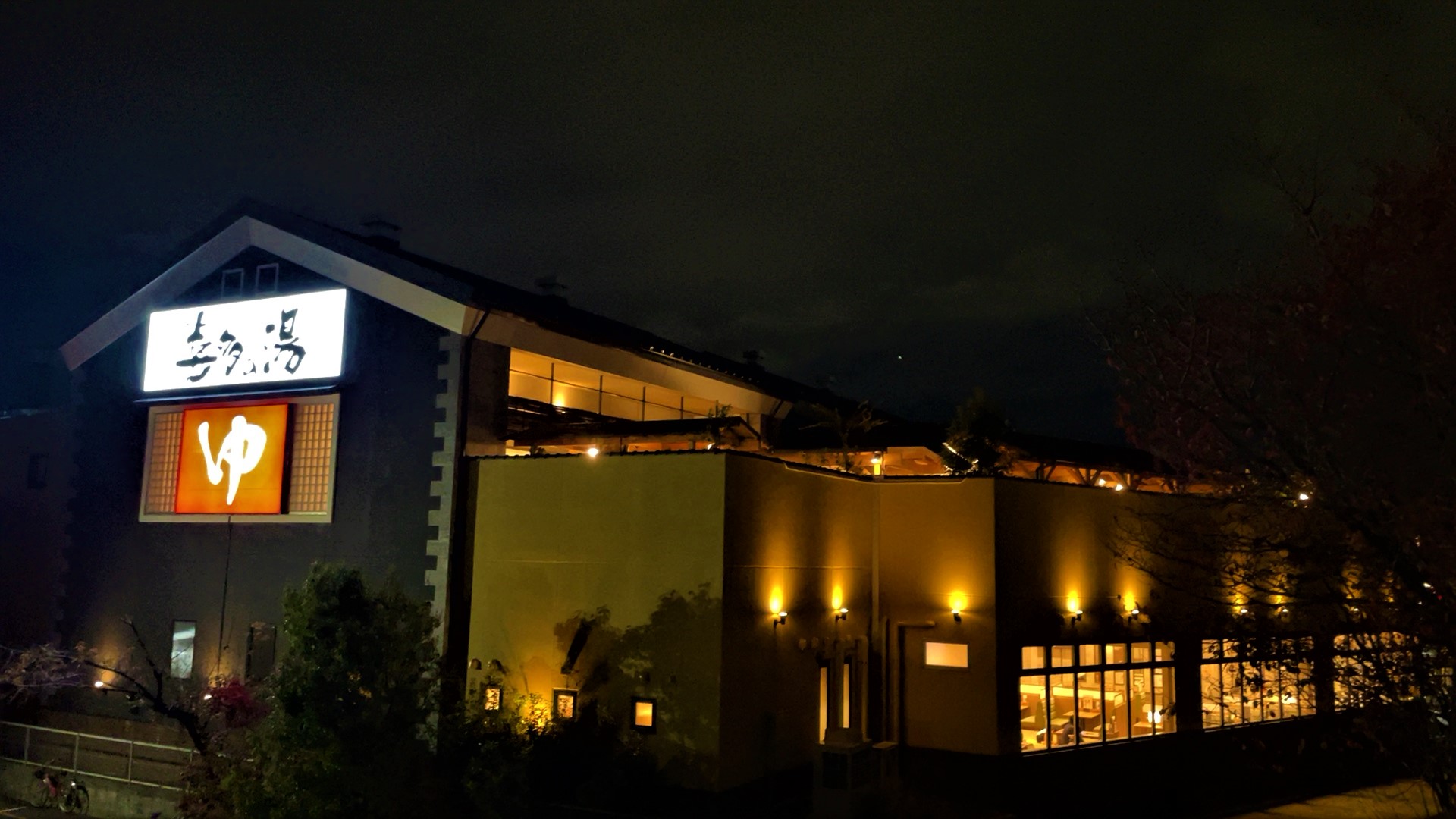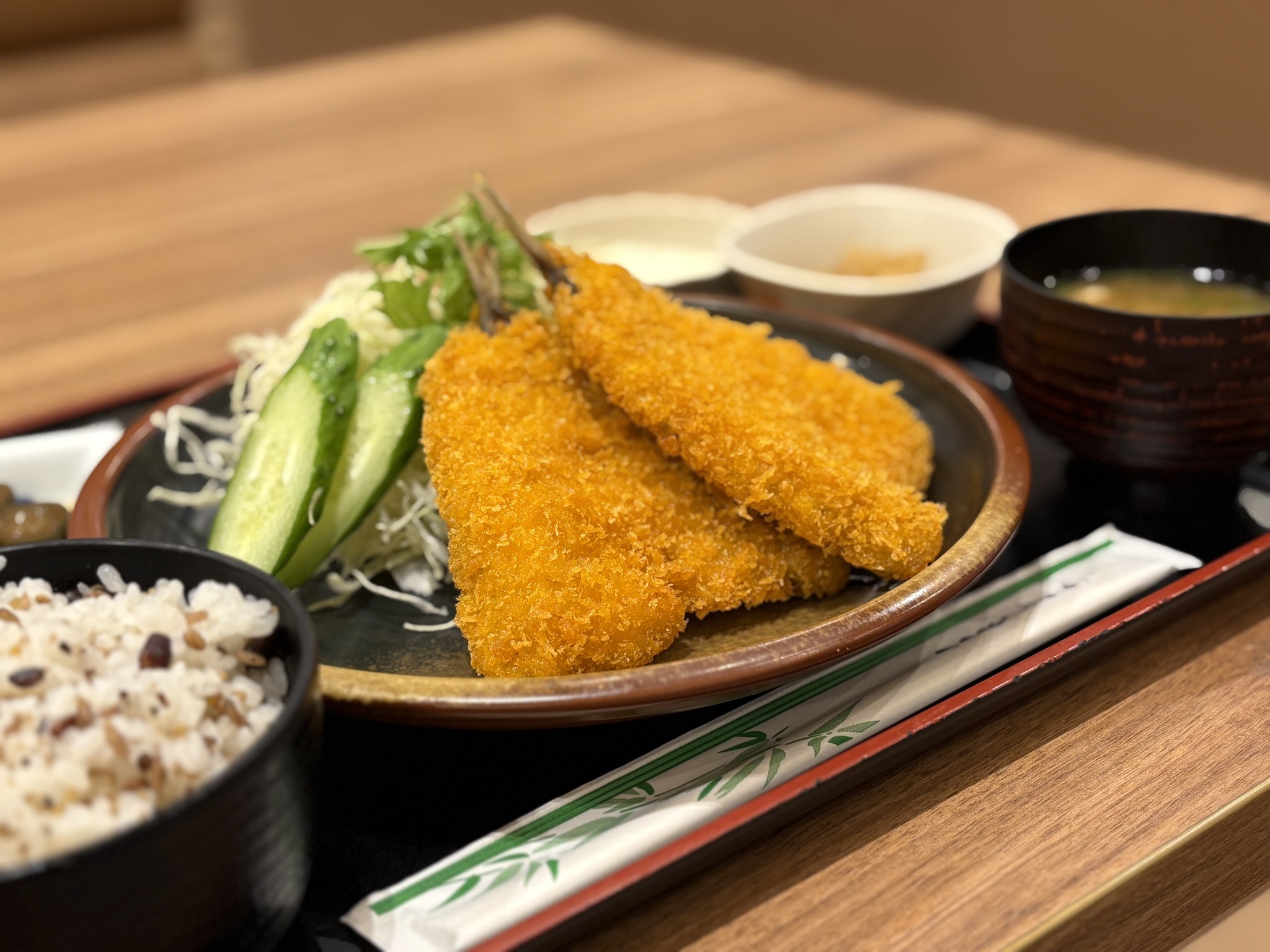A Space Where Nostalgia Meets Excitement
When Japanese people hear the word “Dagashiya,” many picture a small, old-fashioned candy shop where they used to stop by after school with friends.
Shelves lined with colorful sweets, the moment of indecision with a 10-yen coin in hand, and the gentle smile of the shop’s elderly owner — for children, the Dagashiya was more than just a place to buy candy. It was a tiny world filled with dreams and adventures.
The term “Dagashi” refers to inexpensive, simple sweets. The word “da (駄)” implies something “cheap” or “casual,” emphasizing accessibility for children. From the Showa era through the early Heisei period, Dagashiya could be found in towns all over Japan, serving as a beloved part of children’s after-school life.
The Origins of Dagashiya
The roots of Dagashiya can be traced back to the Edo period. At the time, sugar was expensive, so confectioners made simple, affordable sweets that came to be known as “Dagashi.”
From the Meiji to the Showa eras, these shops spread widely among the common people. During Japan’s postwar recovery, small wooden Dagashiya appeared throughout the country. Children visited daily, clutching small coins as they explored the store.
Dagashiya sold not only sweets but also lotteries, traditional toys like menko cards, ramune soda, and small trinkets — making them something like a miniature theme park for kids.
Popular Dagashi Sweets
Dagashi comes in countless varieties. Here are some of the most well-known examples:
Umaibo
A puffed corn snack introduced in 1979, available in many flavors such as cheese and spicy cod roe. It remains popular among both children and adults.
Ramune
Small, tablet-like candies with a light sweetness and nostalgic aroma. A classic treat, especially loved in summer.
Kinako Sticks & Brown Sugar Candy
Traditional Japanese flavors also have their place in Dagashiya. The roasted soybean powder–coated kinako sticks and Okinawan brown sugar candies offer comforting, nostalgic tastes.
Candy with Lottery Tickets
Some sweets came with a chance to win a prize — if you got a “winner,” you’d receive another candy for free. These playful touches made shopping itself an adventure.
Dagashiya in the Modern Day
Although traditional Dagashiya have declined due to demographic changes and the rise of supermarkets, they are seeing renewed attention thanks to the retro boom and tourism.
Many tourist spots and shopping centers now feature “Dagashi corners,” and young entrepreneurs are reviving old stores with modern renovations. The Dagashiya spirit continues to thrive in new forms.
The charm of Dagashiya has also captivated visitors from abroad. For many, it represents a cultural experience — a nostalgic window into Japanese everyday life.
Conclusion
Dagashiya are special places that continue to live in the hearts of Japanese people. Beyond their inexpensive and tasty sweets, they embody warmth, connection, and a sense of community.
Even as times change, the spirit of sharing small happiness will keep the Dagashiya tradition alive.
If you ever spot one, open its door gently — and let yourself remember the wonder of childhood.
